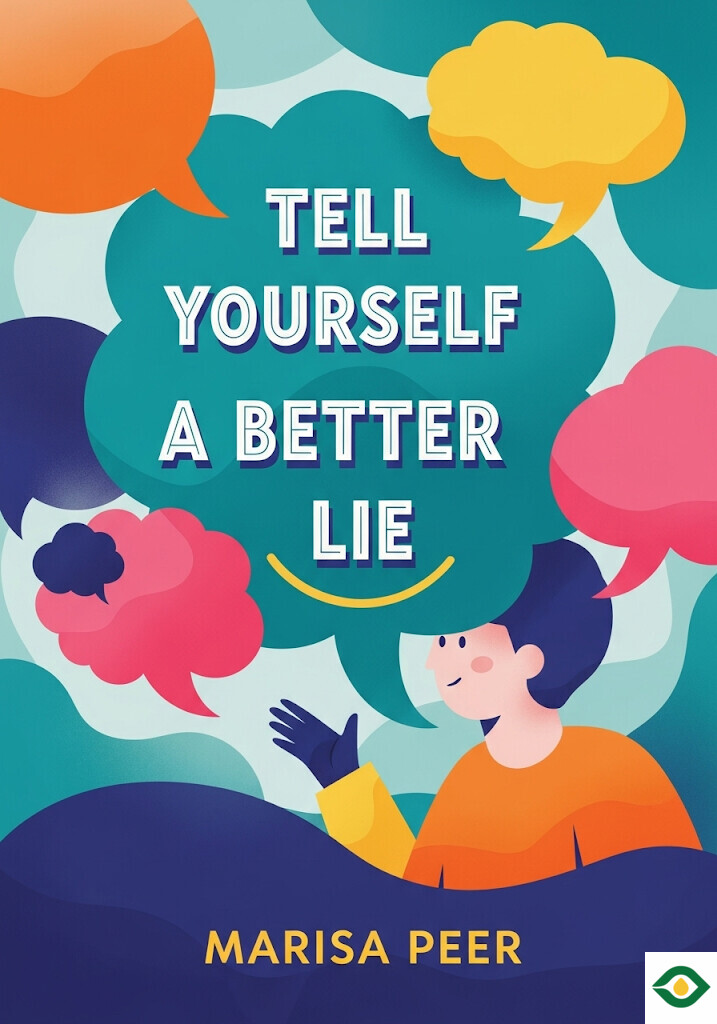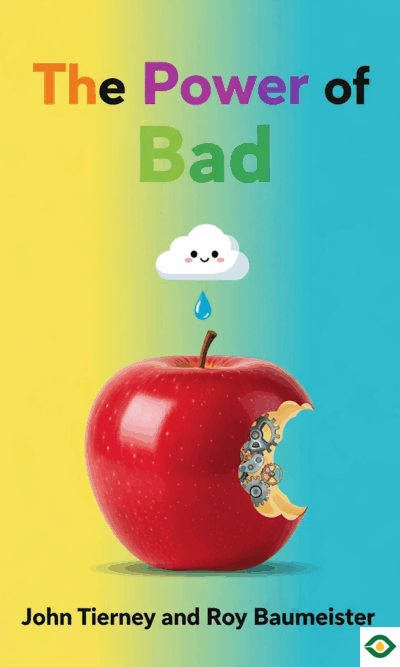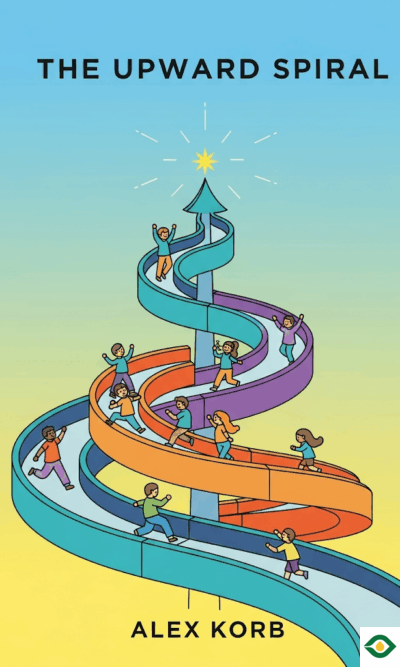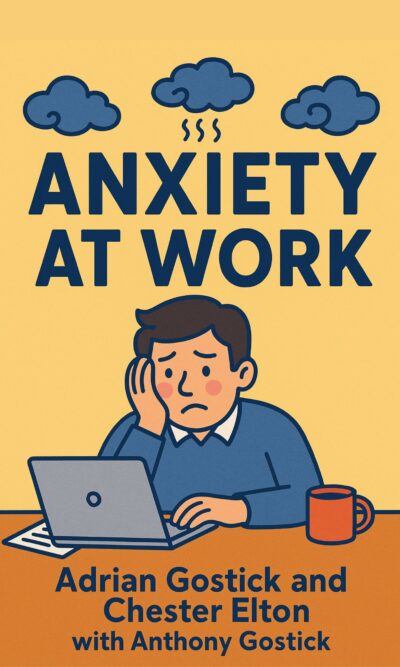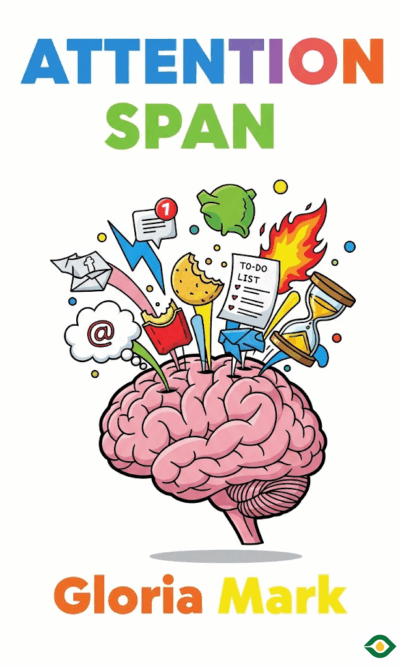Description
The stories we tell ourselves shape how we live. They guide how we see the world, how we treat ourselves, and how we react to others. Sometimes these stories are uplifting, but many times they are not. Often, without realizing it, we carry painful stories from childhood, and these stories can hold us back for years. The good news is this: you can rewrite them.
Rapid Transformational Therapy, often called RTT, is a method that helps uncover these deep stories. By using techniques like hypnosis, self-reflection, and reframing, it reveals hidden beliefs buried in the subconscious. These beliefs may have served a purpose when we were young, but as adults, they limit us. RTT shows us how to change those old patterns into new, empowering truths.
Carrie’s story shows how early wounds can create lifelong struggles. She grew up feeling unloved and unsafe. Her mother ignored her needs, her brother abused her, and children around her bullied her. To feel safe, her mind invented obsessive behaviors. Brushing her teeth many times a day, taking long showers, and following rigid routines gave her a sense of control. But that control was an illusion. It never touched the real pain inside her. Through RTT, Carrie discovered that her compulsions were not the enemy—they were her mind’s way of protecting her. When she understood this, she realized she no longer needed them. By giving herself the love she had always needed, she finally felt safe.
Ryan’s story shows how rejection shapes self-worth. On the outside, Ryan seemed functional, but inside he carried depression, addiction, and despair. From a very young age, he felt unwanted. His father abandoned him before birth and favored his siblings. His mother showed little affection. As Ryan grew older, he faced shaming and rejection for who he was, especially when his father disapproved of his sexuality. To escape the pain, he turned to alcohol, food, and other compulsions. RTT helped Ryan trace these behaviors back to their roots. His addictions were not weakness; they were protection. They numbed unbearable feelings of being unlovable. Once he understood this, he could let go. He realized his father’s rejection was not proof that Ryan was flawed—it only showed his father’s limitations. With this new understanding, Ryan built self-compassion, and in time, he broke free from depression and addiction.
Gemma’s story teaches how subtle sadness can come from long-ignored emotions. She was highly educated and accomplished, but she felt overshadowed and unworthy. Her sadness seemed mild, but it drained her confidence and happiness. RTT uncovered her early memories of being kept from her mother, being sidelined after her sibling’s birth, and later carrying her parents’ emotional burdens. These moments planted the idea that she was second best and powerless. Her sadness was actually a mask for her anger and frustration. Once she allowed herself to feel those emotions and confront their roots, she discovered a stronger sense of worth. By changing the way she understood her past, she built a new inner story that supported her instead of holding her back.
Lucy’s journey reveals the deep roots of depression. For decades, she carried a belief that she was unwanted. Even before she was born, her mother’s unhappiness during pregnancy left her feeling like a burden. Later memories of loneliness and abuse made her feel unworthy of love. This belief was so powerful that she attempted suicide several times. RTT helped Lucy face these painful memories and understand how her perfectionism grew from trying to earn love. She realized she did not have to be “good” or flawless to be loved. Love was her birthright. By rewriting her inner story, she shifted from despair to joy, discovering purpose and connection once again.
Jasmeen’s experience shows how eating disorders often have little to do with food. She struggled for more than ten years with anorexia and bulimia. Her parents’ divorce and her father’s remarriage left her feeling rejected. She connected food with love and control. As a child, she treasured candy from her father and felt powerless when denied food. These moments tied food to her emotions. As an adult, bingeing and purging became ways to fill emotional emptiness. RTT helped Jasmeen realize that food could never replace love. By reframing her relationship with herself and giving care to her inner child, she let go of old patterns. She came to see food as fuel, not comfort, and reclaimed her freedom from disordered eating.
Daniel’s story highlights how fears often hide deeper truths. He had a phobia of needles so strong that he fainted even at the thought of them. Through RTT, he discovered the fear was not about needles—it was about guilt and abandonment he had carried since birth. He believed, unconsciously, that he had harmed his mother during childbirth and that her absence afterward meant he was not lovable. His mind created fainting as a way to escape those feelings. By revisiting these moments under guidance, Daniel reframed them. He realized he had done nothing wrong and that he belonged. He also learned to become his own loving parent, offering the comfort and reassurance his younger self had needed. This practice dissolved his fear and gave him a new sense of safety.
All of these stories show one simple truth: the past does not define you. The beliefs you formed in childhood may have been useful then, but they can harm you now. Healing does not mean ignoring what happened. It means understanding it, reframing it, and giving yourself the love you once lacked.
The mind is powerful. It believes the stories you tell it, whether they are true or not. If you tell yourself you are unworthy, your life will reflect that belief. But if you tell yourself a better story—that you are enough, that you are loved, that you deserve joy—your life can transform.
At its heart, Tell Yourself a Better Lie is about freedom. Freedom from old lies, freedom from guilt, freedom from patterns that no longer serve you. By using tools like RTT, reframing, and self-compassion, you can uncover the root of your struggles, face them with courage, and write a story that allows you to thrive.
The lesson is simple but powerful: you do not have to believe every thought you think. You do not have to carry old lies into your future. You can tell yourself a better story—one built on truth, love, and possibility. And when you do, your whole life can change.

